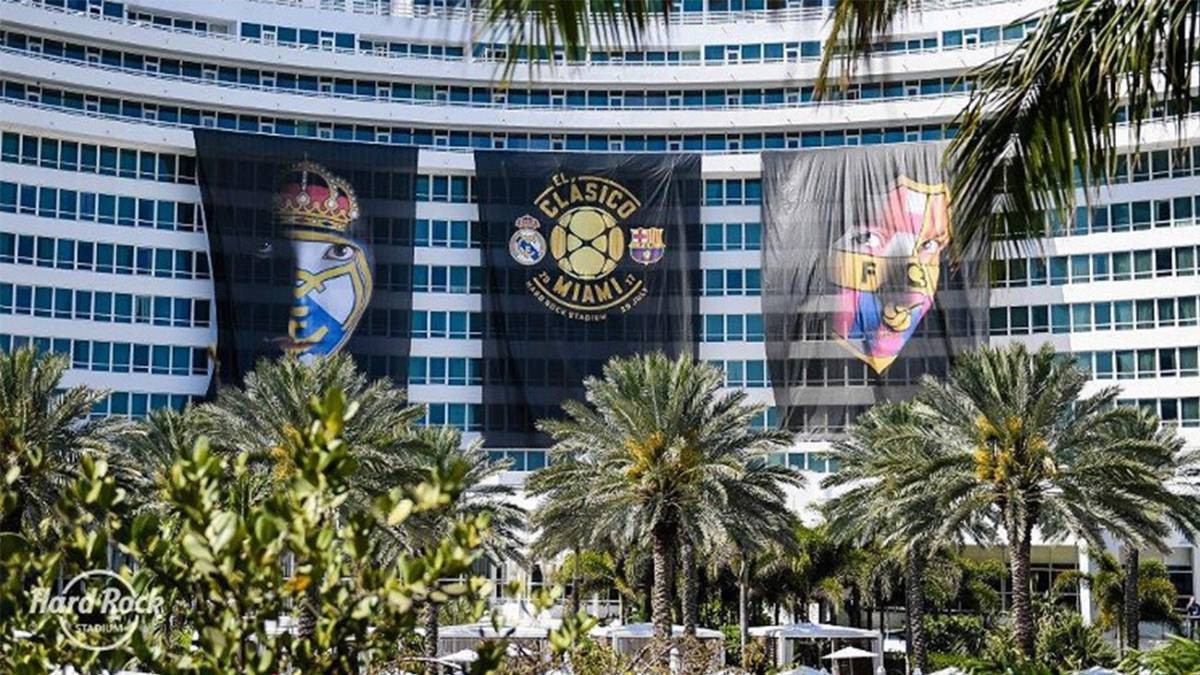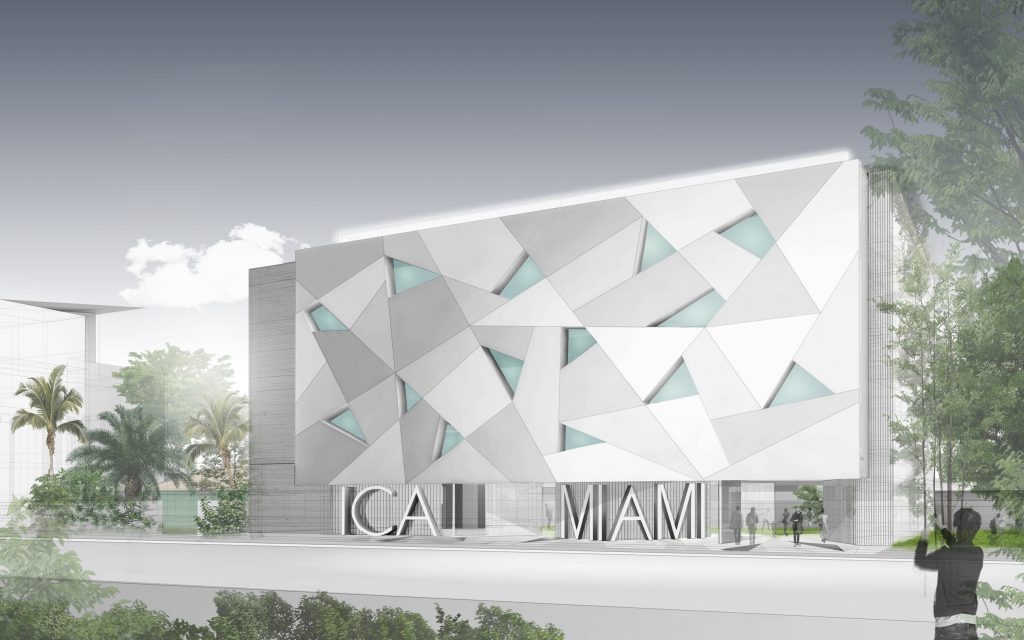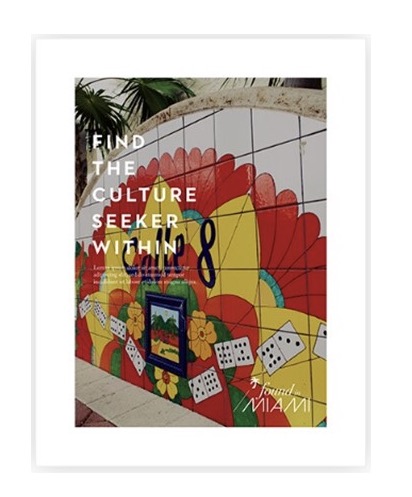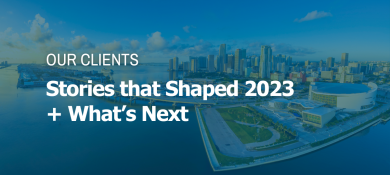Steady population growth, a flood of inbound investment and one of Florida’s strongest job markets are fueling Miami’s emergence as an international city, but it’s our image around the world that’s proving to be our secret weapon.
Major events like this week’s El Clasico soccer showdown between Real Madrid and FC Barcelona, Super Bowl LIV in 2020, and Art Basel Miami Beach are adding fuel to Miami’s branding fire.

Ronaldo and Messi could be facing off in any city in the world, but they’re taking their rivalry to Hard Rock Stadium. When soccer fans around the world tune in to watch the 90-minute match, they’ll be fixated on all things Miami.
Let’s face it: Miami has sex appeal. People want to travel and live here. Companies want to do business here. And investors from around the world want to own a piece of the action.
This brand transformation has not come overnight. In fact, it’s been more than 30 years in the making.
When Miami Vice debuted in 1984, the world’s perception of Miami consisted of neon lights on South Beach, sun-kissed bodies and flashy sports cars.
Fast forward to today and it turns out the city portrayed in Miami Vice was foreshadowing the Miami of today – an international metropolis known as much for its culture and commerce as its sun and surf.

Just look at how we talk about ourselves. Words like “global,” “world-class” and “gateway” have become everyday descriptors for our city over the past decade, both locally and abroad.
The days of glossy tourism brochures chock full of beaches and bikinis have given way to images of new cultural venues like the Frost Science Museum and Institute of Contemporary Art Miami, high speed trains, bustling downtown streets, public parks along the water and jaw-dropping architecture.
Florida’s leap past New York to become the third most populous state in the union was a tangible sign of our state’s growing appeal. Miami is fueling much of this growth, with the population in downtown more than doubling in size since 2000 — from 40,000 to 80,000-plus people — according to the Miami Downtown Development Authority.
It’s tempting to credit this dramatic growth to economic opportunity, favorable tax policies and beautiful weather, but Miami’s image is an increasingly potent factor.

Coordinated public relations and marketing campaigns on behalf of tourism bureaus, economic development agencies, the business community and local municipalities have all set out to depict Miami as cosmopolitan and worldly – in other words, much more than a beach town.
Programs like the Greater Miami Convention & Visitors Bureau’s “Found In Miami” campaign and the Miami DDA’s efforts to lure new companies while enacting progress at street-level are shaping public perception from Buenos Aires to Beijing.
As the national economy gains steam and cities compete for business and tourism dollars, our public and private sectors must continue investing in activities that broadcast Miami’s story to the world and maintain – even strengthen – our international appeal.







 See More Blogs
See More Blogs
Comments